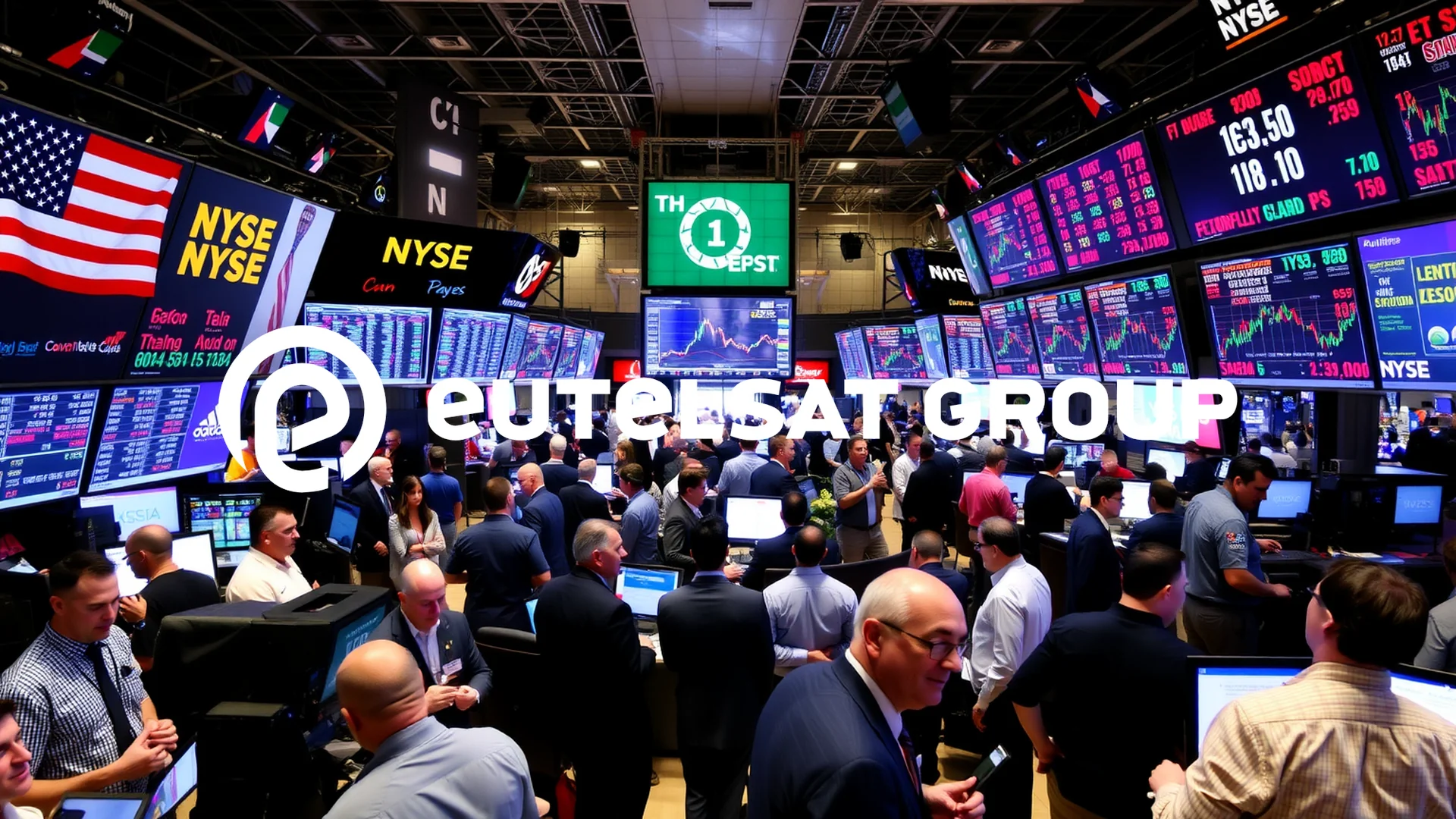Amazon has turned to debt markets in a massive way, unveiling its largest bond issuance in three years. The e-commerce titan secured $15 billion through this offering, significantly surpassing its initial $12 billion target. This substantial capital raise underscores the enormous financial demands of artificial intelligence development, as Amazon strives to remain competitive with rivals Microsoft and Google. The critical question emerging among market observers is how much longer this debt accumulation can continue before investor confidence begins to waver.
Investor Appetite Remains Strong Despite Sector Concerns
Market reception was overwhelmingly positive, with investor demand reaching approximately $80 billion—more than five times the amount ultimately issued. The bond sale consisted of six tranches featuring maturities extending up to 40 years. The longest-dated portion of the offering carried a yield of roughly 5.6%.
Beneath this apparent success, however, concerns are brewing across the technology sector. Risk premiums for long-dated tech bonds have seen notable increases since September, indicating growing investor wariness. Market participants are demanding higher compensation as they grow increasingly skeptical about the enormous debt wave currently sweeping through technology companies.
Unprecedented Capital Expenditure in AI Infrastructure
Amazon plans to direct these fresh funds toward several strategic areas: substantial data center expansion, potential acquisitions, stock repurchases programs, and refinancing existing debt obligations. The company’s projected capital expenditures are expected to reach $125 billion by 2025, with further increases anticipated.
This spending spree isn’t occurring in isolation. Meta recently issued bonds worth $30 billion, Oracle is preparing a $15 billion offering, and Google is actively participating in this financing trend. Collectively, major technology firms are planning to inject approximately $400 billion into AI infrastructure during the current year. Morgan Stanley projections indicate this figure could climb to $518 billion by 2026, representing a 29 percent increase.
Should investors sell immediately? Or is it worth buying Amazon?
The Profitability Question Looms Large
Market nervousness is becoming increasingly palpable. As technology behemoths continue deploying billions, investors await concrete evidence that these enormous investments will generate satisfactory returns. Industry analysts are pointing to 2026 as a pivotal year when these AI initiatives must demonstrate clear profitability—or risk a significant shift in market sentiment.
In a strategic move to narrow the competitive gap with Microsoft and Google, Amazon recently entered a substantial $38 billion partnership with OpenAI. This collaboration is expected to provide renewed momentum for Amazon’s cloud computing division, AWS. Nevertheless, this offensive comes with considerable costs that are being financed through additional debt.
Share Price Reflects Market Caution
Amazon’s stock exhibited a muted response to these developments. On November 17, shares closed at $232.87, registering a decline of 1.82 percent. During pre-market trading, the stock dipped further to $229.68. Trading volumes experienced a significant surge, typically indicating heightened market uncertainty.
Currently trading around €194, Amazon’s shares remain approximately 17 percent below their 52-week peak recorded in early February. Market volatility persists at elevated levels, with the RSI indicator suggesting slight overheating. Until questions regarding the profitability of Amazon’s AI initiatives find satisfactory answers, pressure on the stock price will likely continue.
Ad
Amazon Stock: Buy or Sell?! New Amazon Analysis from November 18 delivers the answer:
The latest Amazon figures speak for themselves: Urgent action needed for Amazon investors. Is it worth buying or should you sell? Find out what to do now in the current free analysis from November 18.
Amazon: Buy or sell? Read more here...











